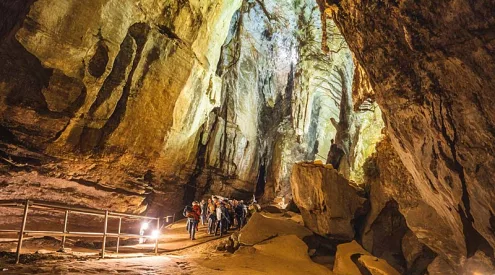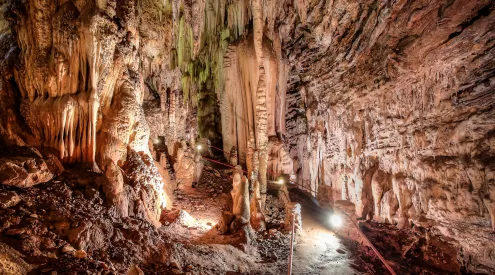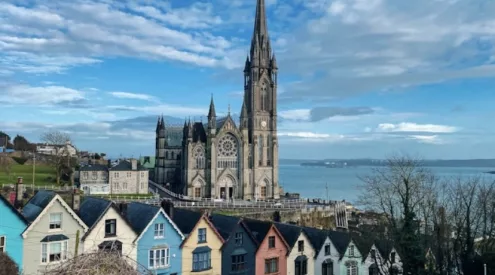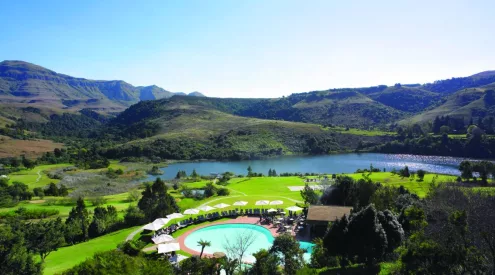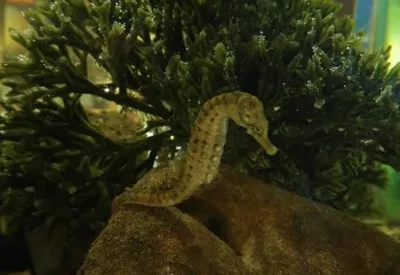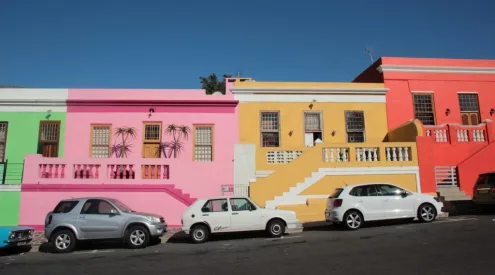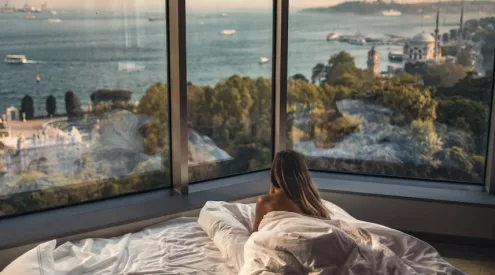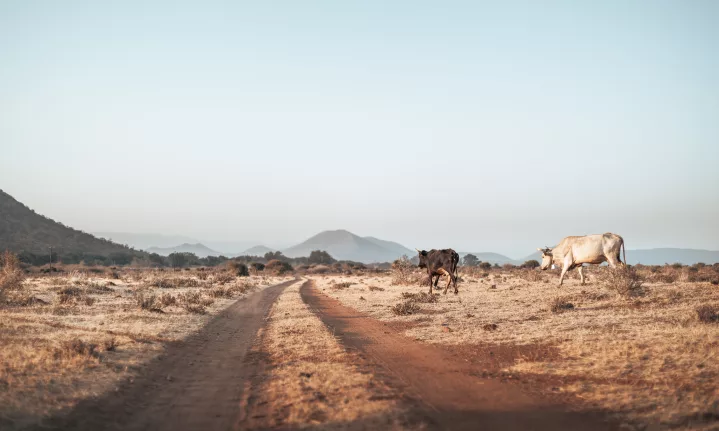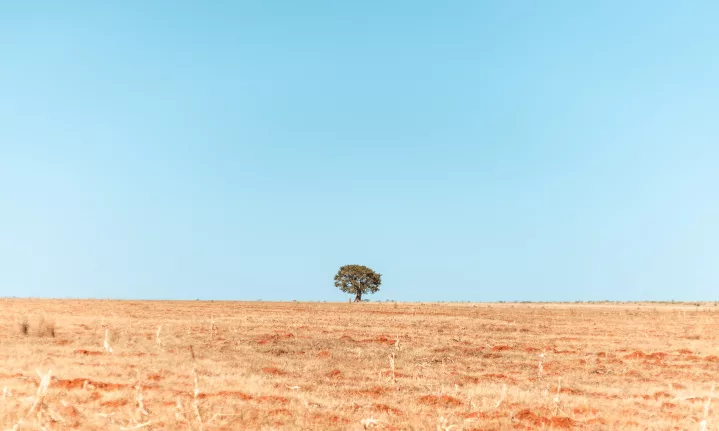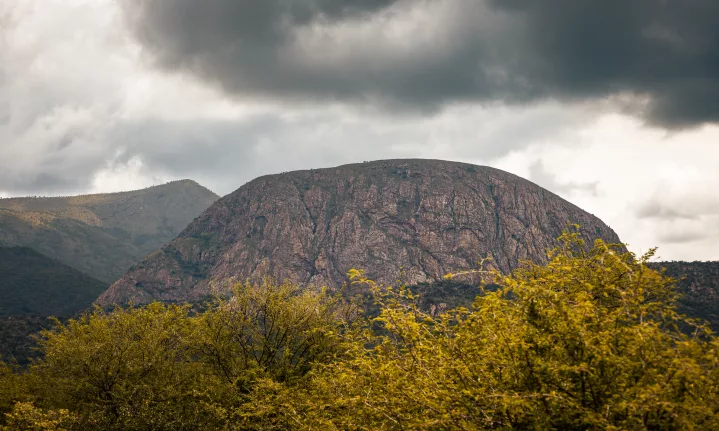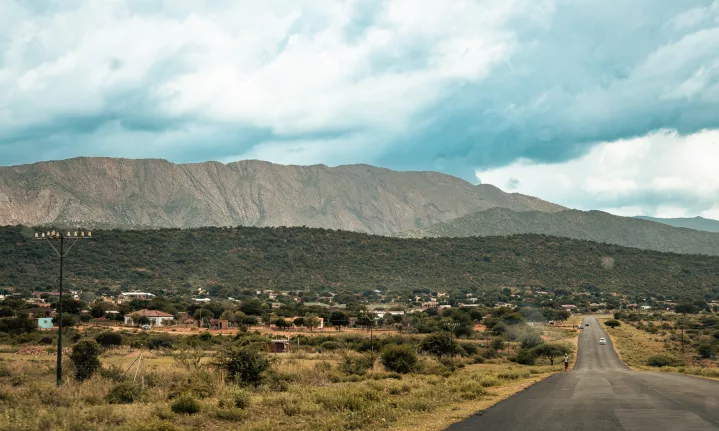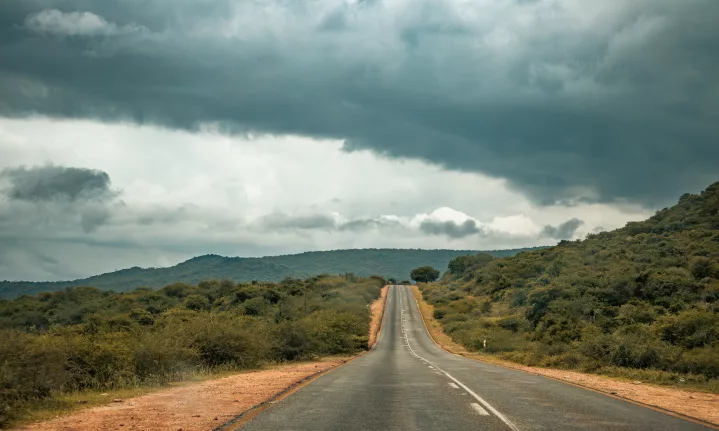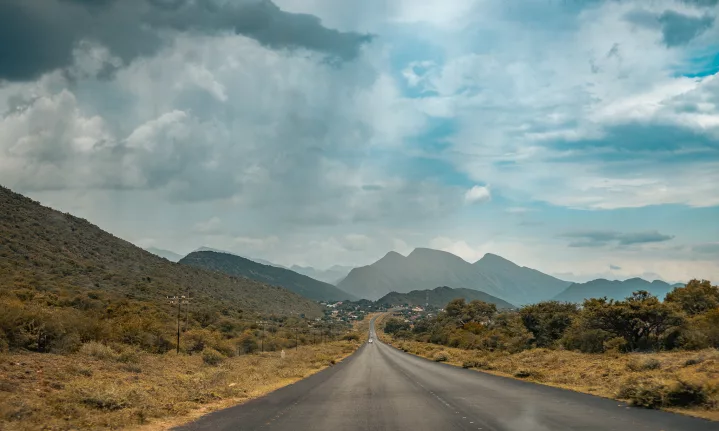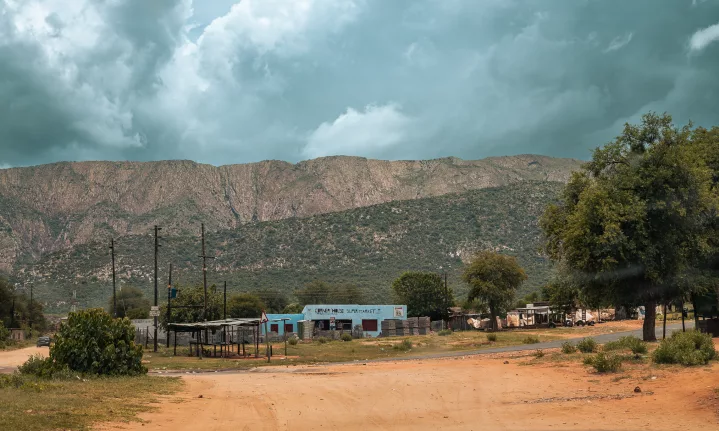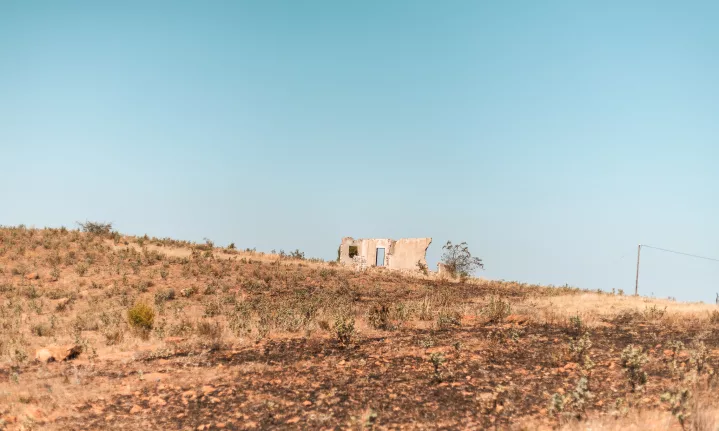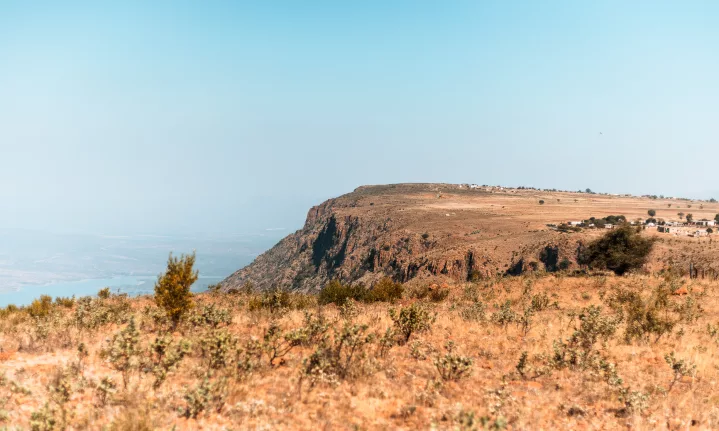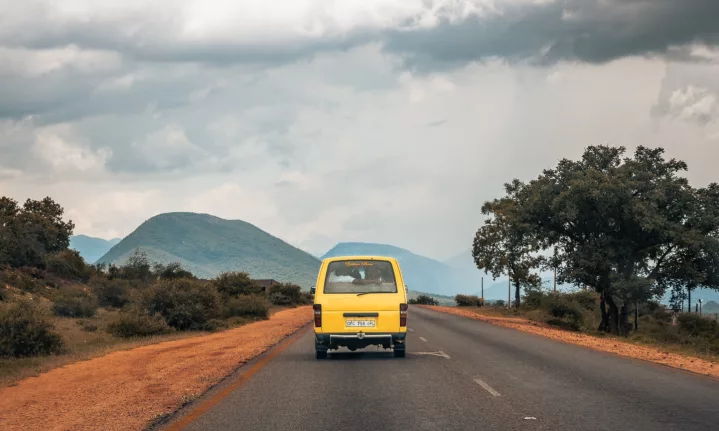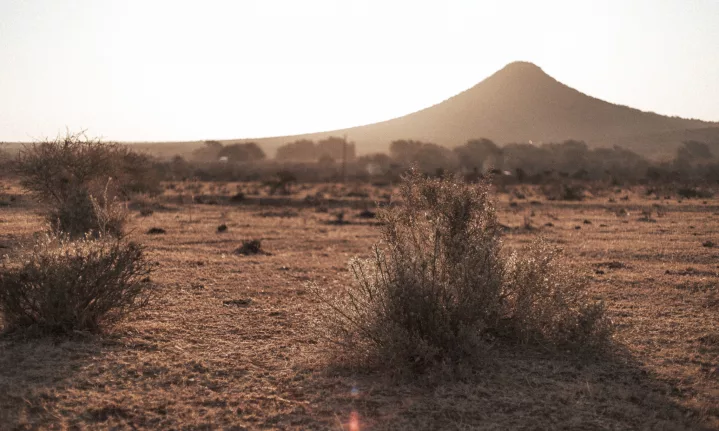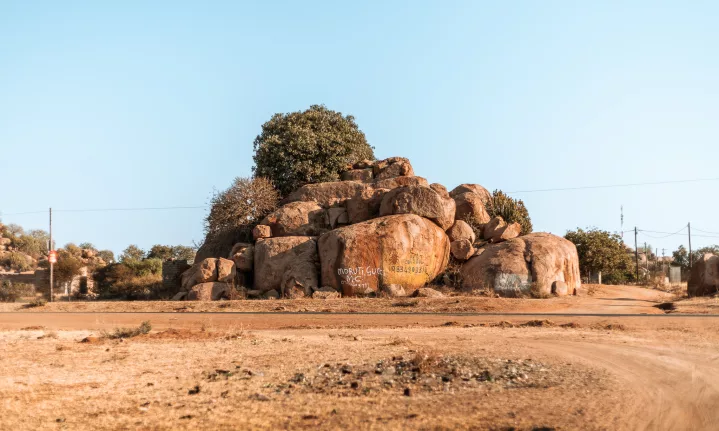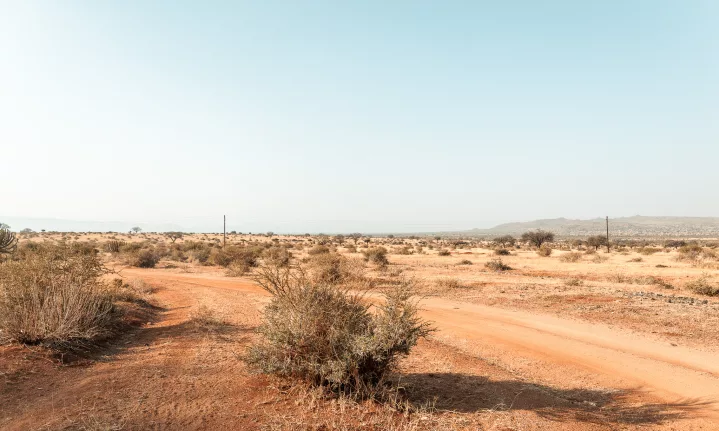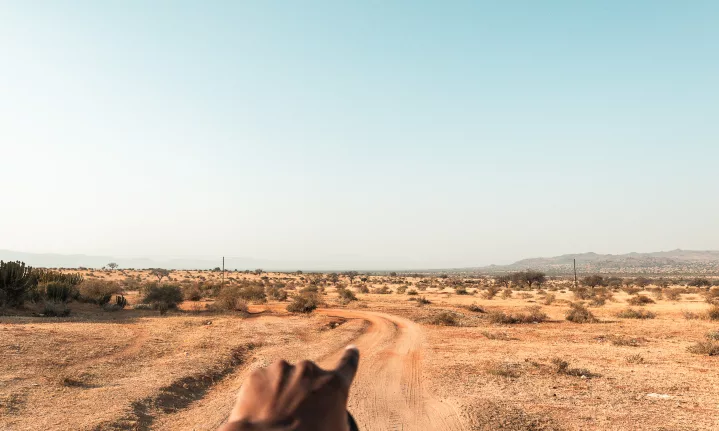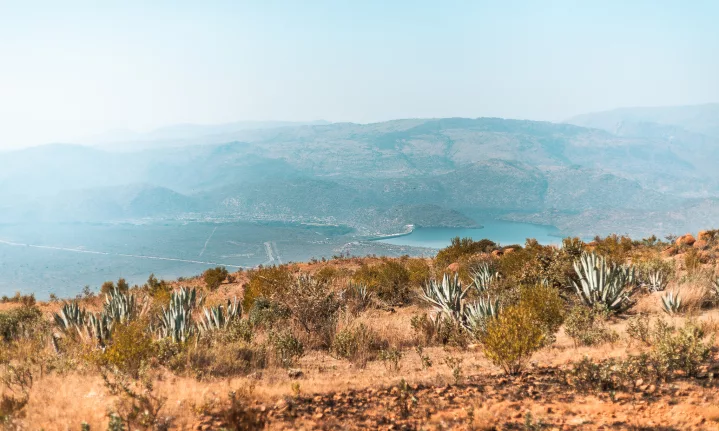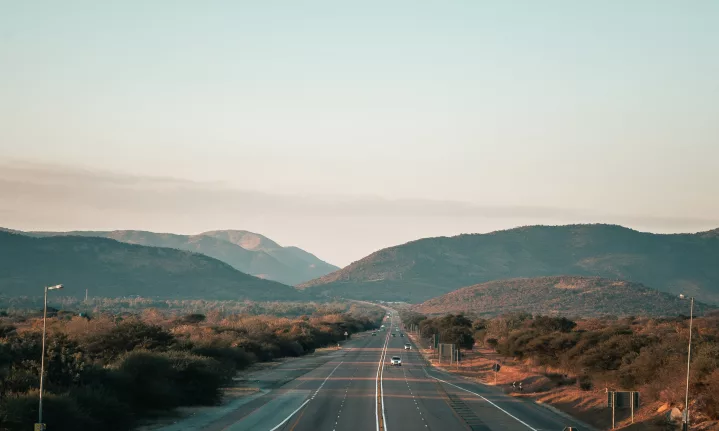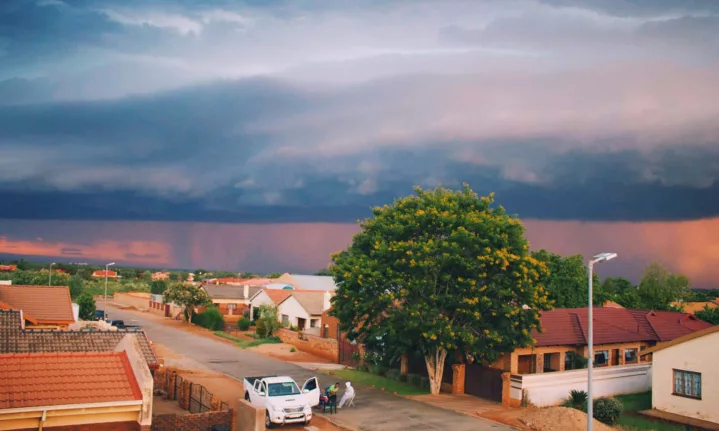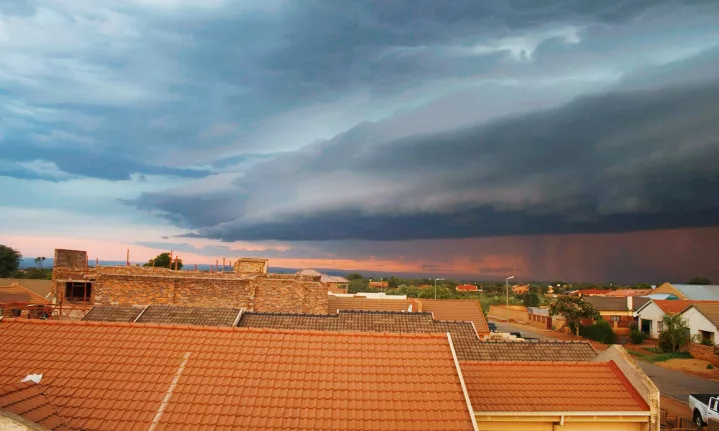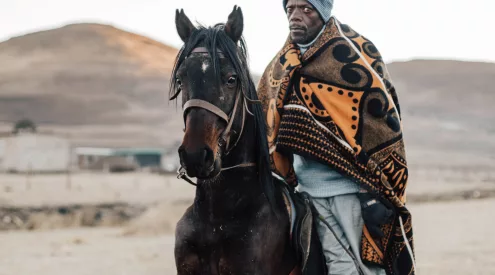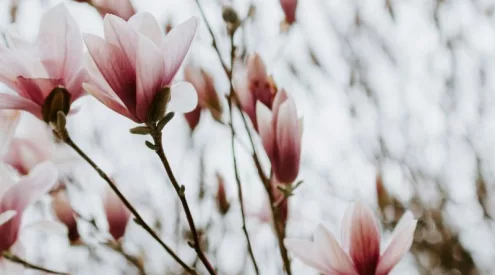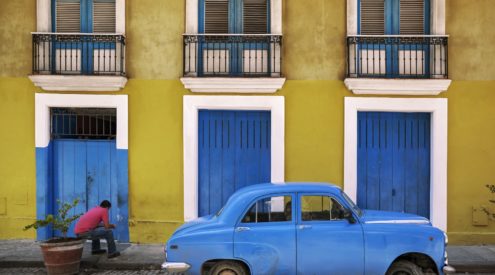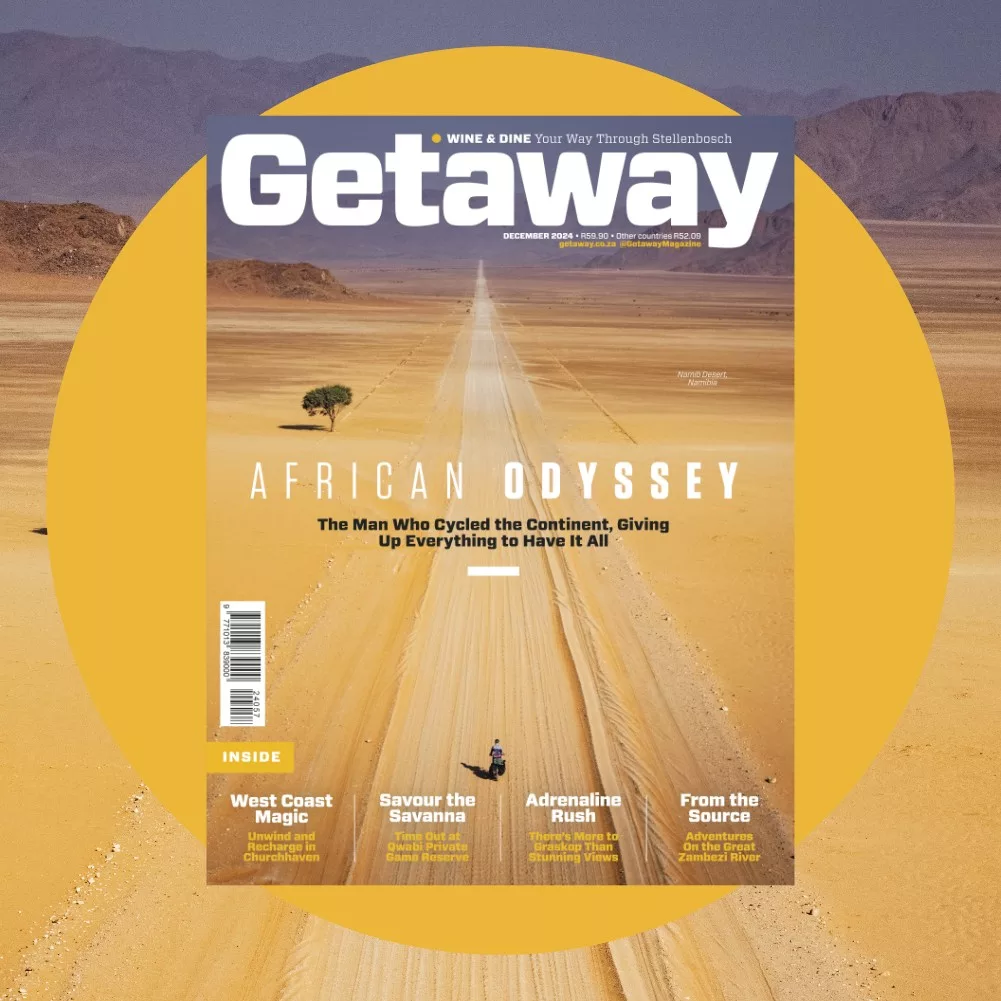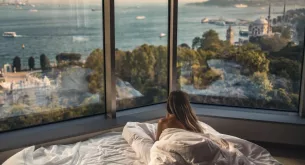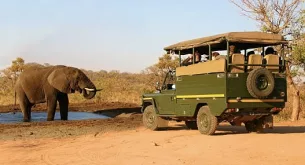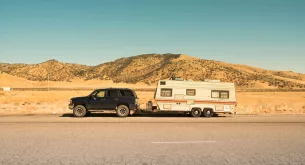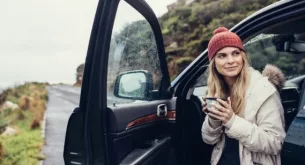The attention-starved middle child is often left to their own devices in a family structure, the mercurial black sheep gets attention for all the wrong reasons, and the soft-spoken, socially awkward polymath often gets bullied for their beautiful mind at school.
If I were to draw a Venn diagram between these three archetypes, their non-mutually exclusive elements would paint, for better or worse, a picture of what I think of the Limpopo Province. For all the ridicule and stereotypes that swirl in the mouths of those who find it unpalatable, former Presidents mispronouncing its name (Lim…pompo?), and comedians making fun of it as a ‘different country’, the Province dares to be different.
You may not need a passport to go there, but a spaceship might do. It’s a whole new world, and Neo Dan Mokgwadi, the Polokwane-born, Lebowakgomo-raised photographer, is on a journey to capture all the beauty he finds hidden in the Limpopo’s plain sights.
Words and interview by Tsoku Maela

Pictured: Neo Dan Mokgwadi
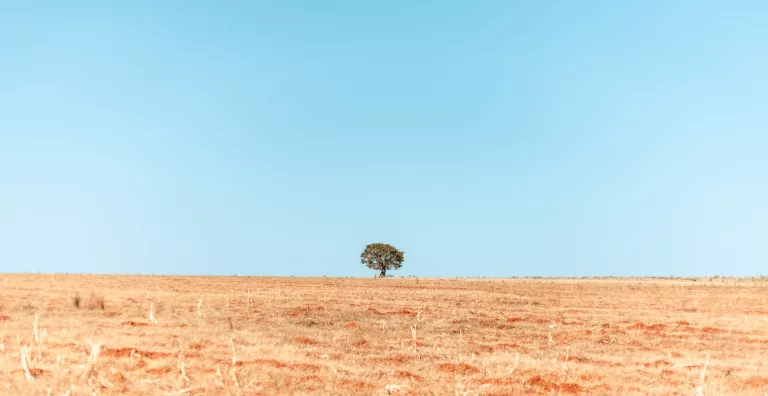
The first time we spoke about your interest in photography we were sitting just outside your home a couple of years ago…what was it 2021…2022…
I think it was it was 2019.
The world has changed quite a bit since then. One thing that has been a constant though is your feel for the creative. I had always known about your music gifts, taste and eye for fashion. Where did your interest in the medium of photography come from?
It feels like it’s a natural gift, if I can say that. Photography is a connector and gateway for all the other mediums I am interested in. Primarily my interest in people. So, I gravitated towards portraiture, inspired by other creatives like Cedric Nzaka’s Everyday People Stories, before I started photographing landscapes. My love for the medium has been growing ever since.
Neo grew up in Lebowakgomo, just 45km South-East of the capital Polokwane where he was born. Lebowakgomo feels like it looks in all the directions one could follow to explore the Limpopo. From here you could take several scenic routes to places like Tzaneen, Hoedspruit, Ga-Marishane and even Mpumalanga. It is the perfect place for a storm to brew in the curious mind of the eye that wanders.
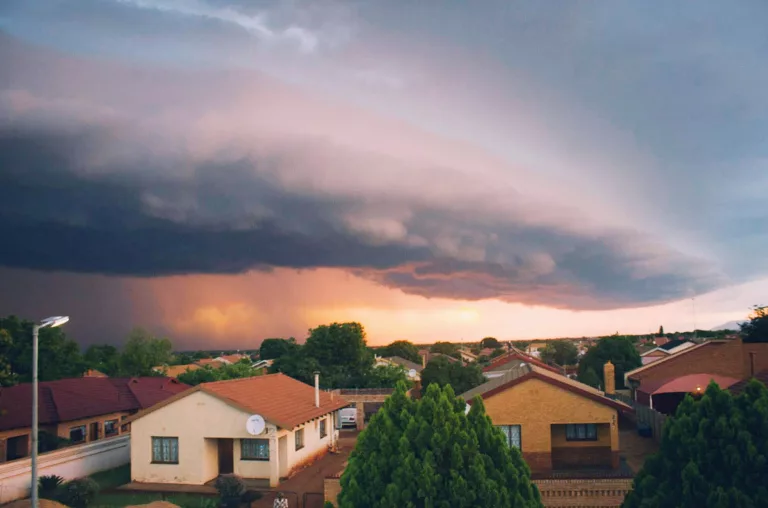
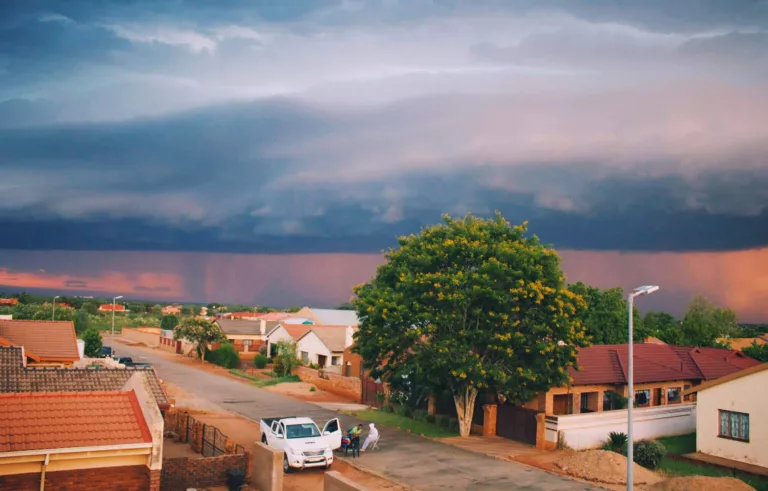
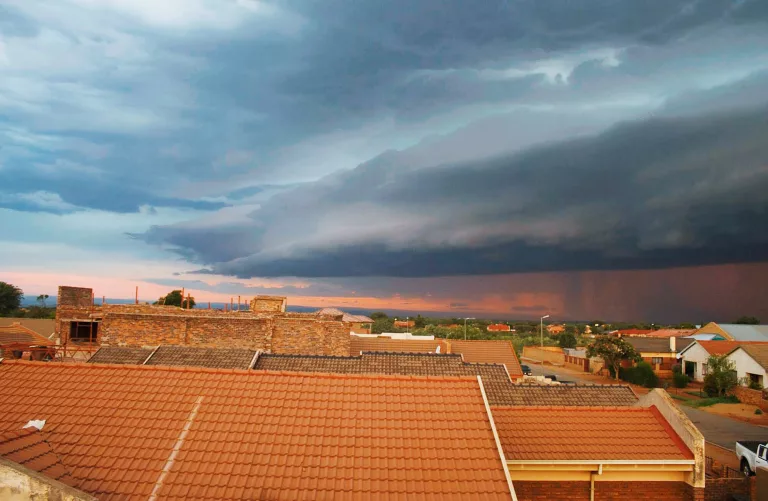
A storm that sparked a journey
I think we can both agree, having lived in these parts for some time, that there are some incredibly beautiful places this side of the Limpopo. What were you looking for when you decided to turn your lens towards its landscapes?
It’s important to understand that this is a journey that started before I went to formally study photography. I remember seeing clouds forming in the distance as a storm approached Lebowakgomo and to me it looked beautiful. So I got onto the roof of my home and took three pictures of it and that sparked a curiosity. But it was only after driving around the Limpopo after my studies that I began to notice the beautiful in the mundane. Like the way the sunsets looked driving to Ga-Sekhukhune for example. The landscapes were so beautiful to me. I knew that I had to capture those moments.
I’ve seen a lot of your portraiture and fine-art work and something I really appreciate in the spirit of your creativity is your search for beauty in everything you photograph. Is this a personal voyeuristic endeavour or are you trying to show this beauty to others?
I have seen so many photographers from other parts of the world showcasing the beauty of where they come from. Where I come from, the way I see it, is beautiful. Photography allows you the ability to capture things in the way you see them. So, I knew I could make the Limpopo look beautiful because I see it that way. For me all of this is about the love I have for where I come from, telling its stories and showcasing its beauty as accurately as I can.
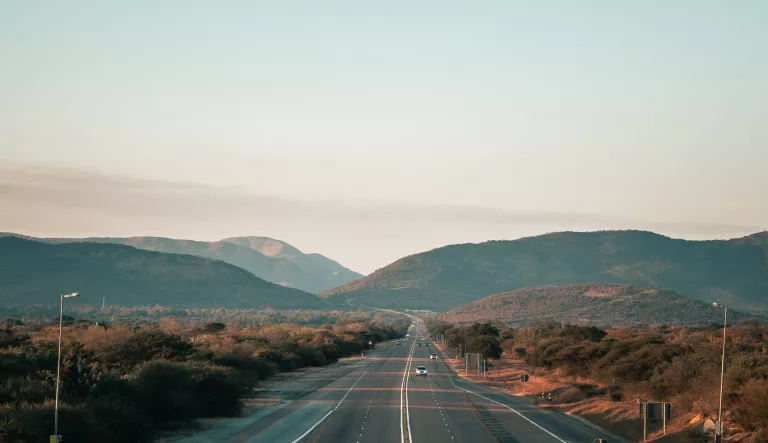
As a child visiting areas like Ga-Masemola and worlds beyond that I had always been enamoured by the type of mountains that stood on the dusty winding roads. I called them Salvador Dali ‘pebble’ mountains. They looked like the sort of surreal figures he would paint. But also Jenga constructions of a playful giant. My grandmother would tell me stories of those giants sleeping in the mountains. Giants that had been there a long, long time…since the stones were soft. But I suspect now, as I did then, that the giants weren’t sleeping in the mountains, but were the mountains.
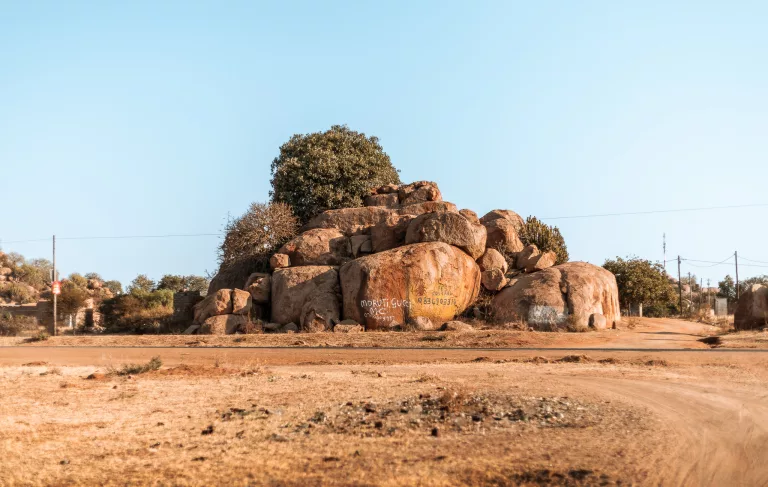
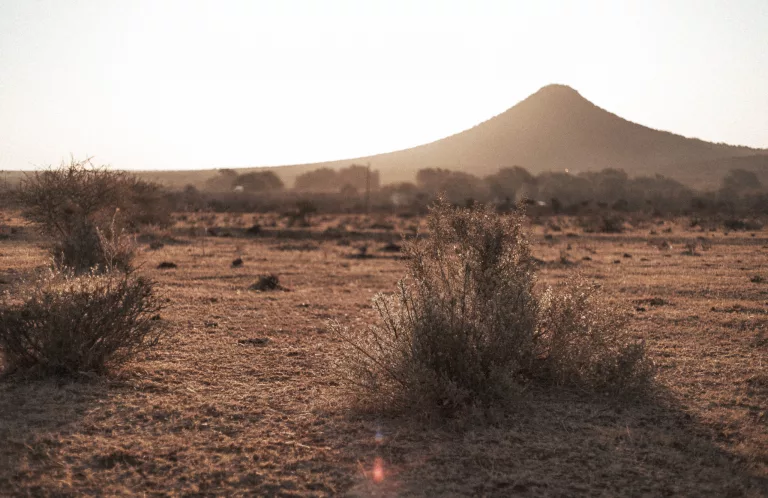
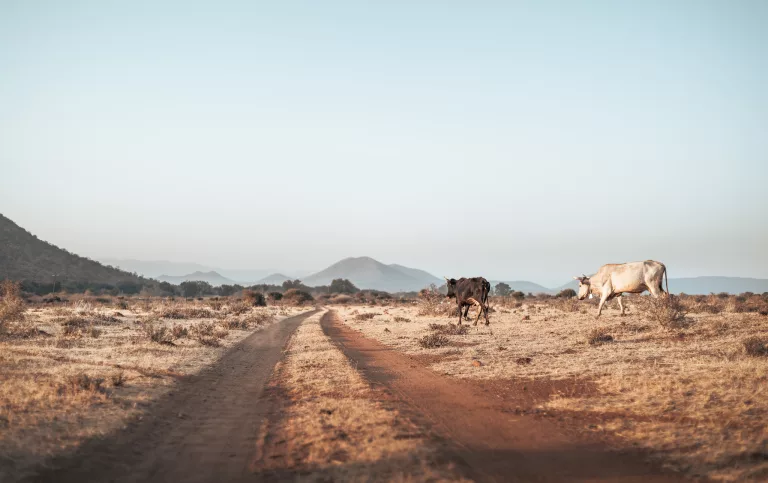
What has been your favorite area to photograph?
There is a place I photographed in June. It’s called Eenzaam in the Southern part of the province. Some of the most beautiful views I have ever seen. The sort you find in parts of Mpumalanga. I had no idea the place existed to be honest. It was a random discovery while I was on a drive. It’s vast, not too much happening there. It felt untouched. Like, ke di plaas’eng.
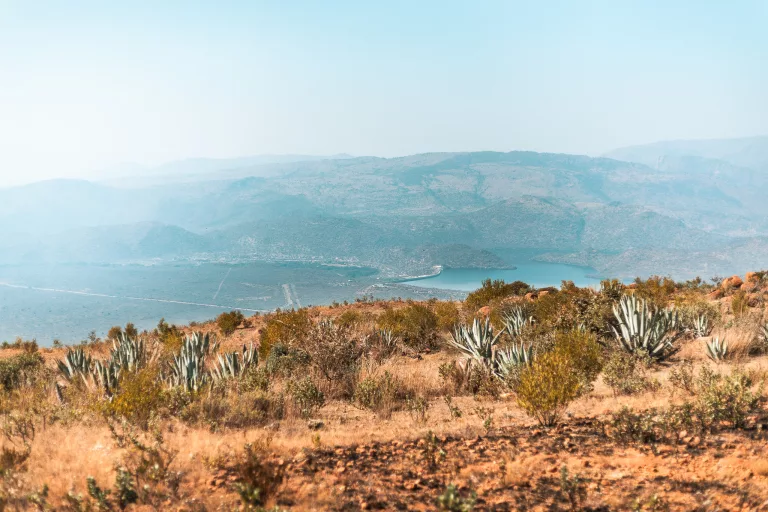
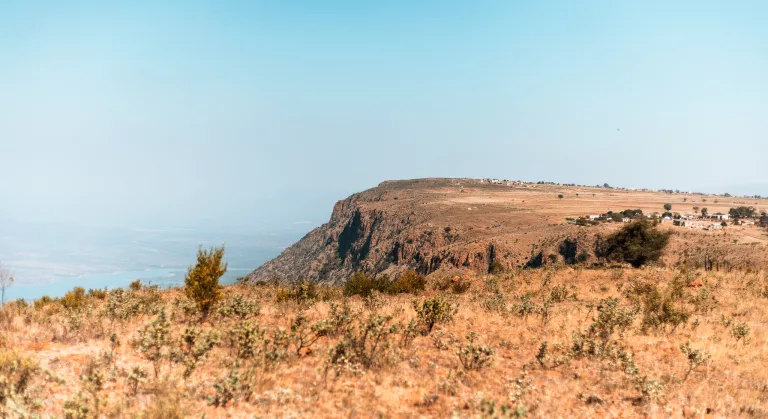
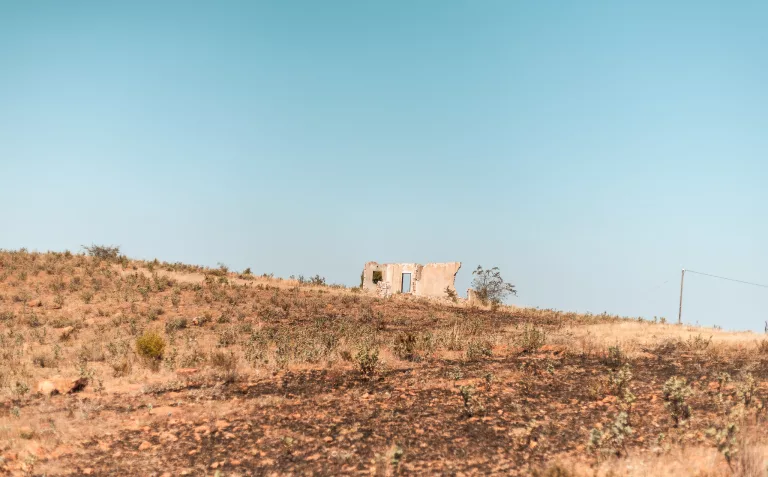
Eenzaam in the Limpopo
I have never heard of Eenzaam before to be honest
Understandable. Another place I loved was Ga-Mathabatha on the East side of the Limpopo. I wish I knew the names of the mountains I saw that side. I wondered what one could learn and discover hiking on top of them.
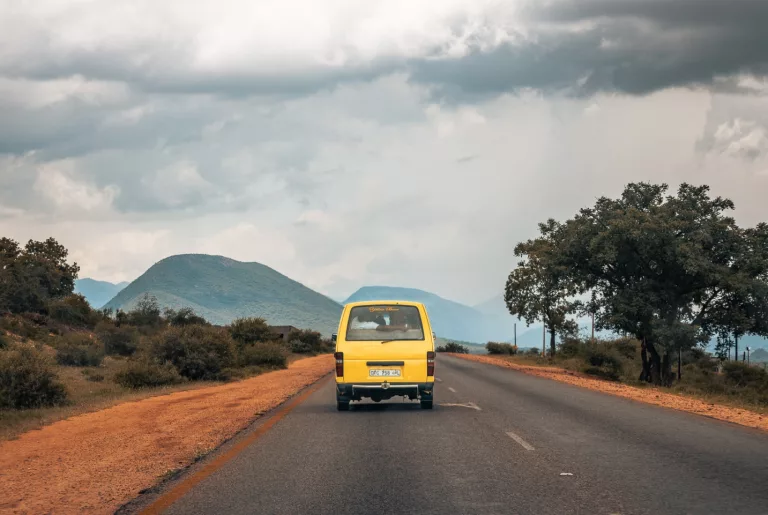
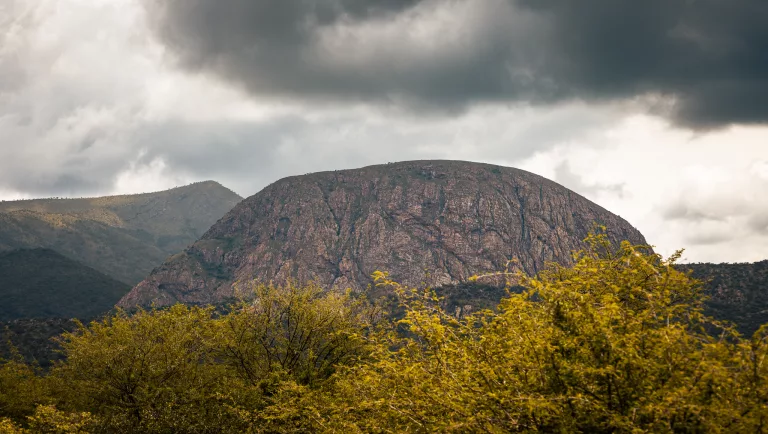
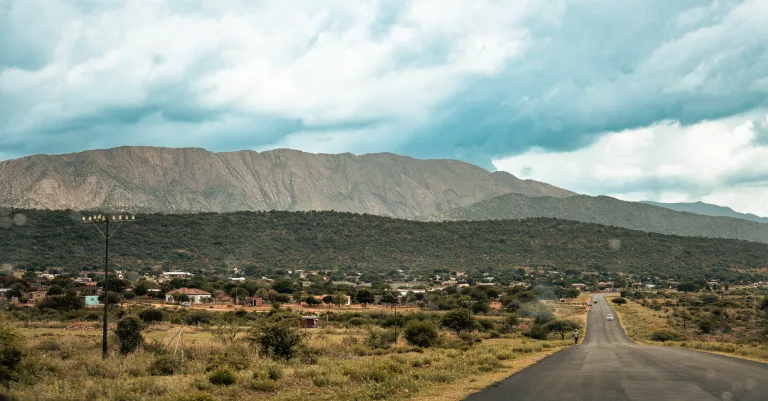
The landscapes of Ga-Mathabatha
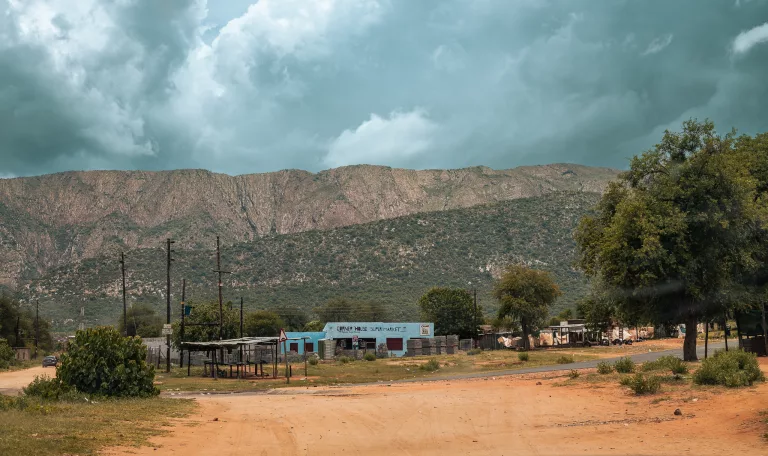
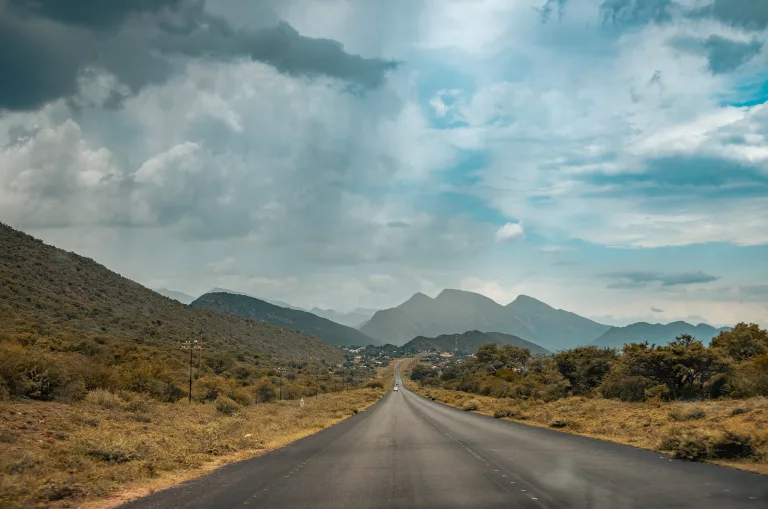
What have you learned about the Limpopo since you started photographing her landscapes?
It’s big. Maybe it is a country after all. It’s the original homeland of the Bapedi, VaVhenda, Ba-Tsonga and even the Ndebele. It’s melting pot of culture and heritage so much that it feels like old in a magical way. Like there is some much ancient knowledge hidden all over it. Maybe even treasures. But for me its all about representing the beauty I am lucky to find in the right way. Maybe people will grow to appreciate the Limpopo a little more.
You can follow Neo’s work on his Facebook and Instagram. All photographs by Neo Dan Mokgwadi.
ALSO READ: Yococo: The art of vegan dairy-free ice cream and serving love

